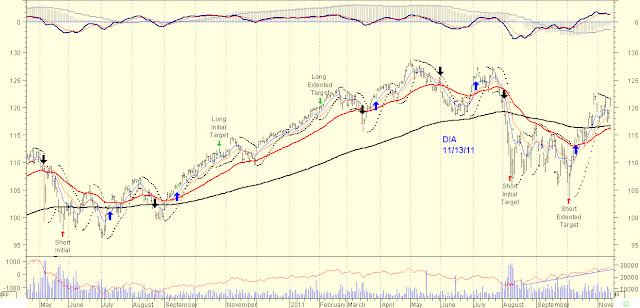I just finished reading the book “Show me the Money” by Ron Groenke. It is about placing covered calls and naked puts for a monthly cash income.
I give the author a rating of “A” for the book. It is an easy read despite his including tables and charts on trades that might scare off some readers. I think it reads like a simple story book with a happy ending – showing you how you can make 25% return per year or more on your investments. Sounds too good to be true? Read the book. His website is:
http://www.rongroenke.com/index.php
What are covered calls? A covered call is when you buy the stock and sell call options against it, collecting the call premium. By doing covered calls on a portfolio of stocks that are either going sideways or moving up, it is possible to generate an average of 25% returns on your portfolio. Ron also shows how one can sell naked puts that are out-of-money (OTM) to rack up additional premium; but only do it in stocks you intend to buy for covered calls. If the stock crosses the strike price at expiration, then you land up owning the stock or the stock gets “put” to you so to speak. Ron would immediately turn around and do a covered call on the stock that he purchased at a discount, as he collected premiums on the put options sold.
The obvious weakness to this method is that there is no downside protection other than the offset the call premiums provide. If the market changes and is in a freefall, there would be significant losses. And I dislike losses. Ron points out this risk; but still presents the method as an almost sure thing. That is only true if the stocks are going sideways or going up. If we can combine Covered calls with market timing, it can be a powerful tool and one can truly generate significant money of your portfolio, making it in fact a money tree.
In order to follow this technique, it would be wise to learn about options first. I learned options through Optionetics. That gave me a good grounding – but I must say it was rather expensive classes. Still, it gave me an added tool I wanted to use for protecting my portfolio, and just reading books was a hard way to learn options.
Ron also offers software that you can lease at about $220/year for the whole package that enables you to select the right stocks to do covered calls on, and time it, and find the best options to sell against these stocks. There is a free walk through software demo that is not too bad. Like any software, it would take some getting used to. Overall, it would be possible to generate $120K income against a portfolio of $360K.
My next steps will be to read the book over again. There are many useful nuggets of information. I am probably more comfortable selecting stocks using TC2007 software from Worden Bros from the S&P500, using some of the fundamental criteria that Ron mentioned. Then I would generate technicals off Metastock to give me Buy and Sell signals that are relatively slow. I would like to use this method on five stocks that have good fundamentals and have a buy signal against them. Run the covered calls on a portion of my portfolio and see how it does. No hurry to jump in immediately. I will do my homework over the next month and start in 2012. Using covered calls to generate income of your portfolio such as Rollover IRA accounts is certainly a good idea but it is best to have a plan and then trade the plan. Still need to know when to enter, when to hold it and when to fold it…



